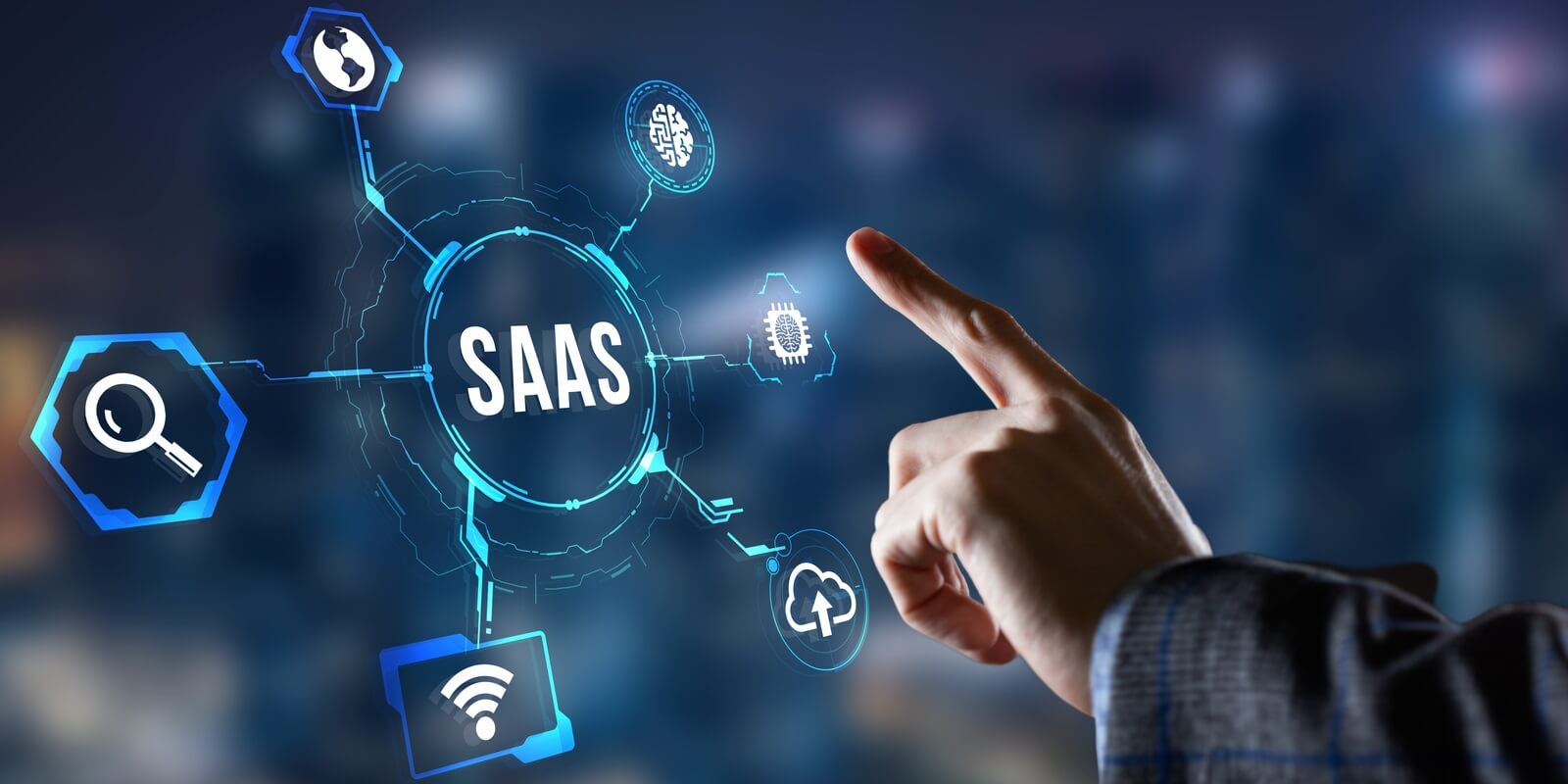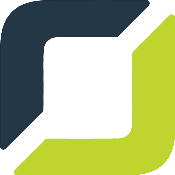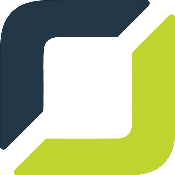Updated on: 4/29/2025
Key Takeaways
- Core Evolution: The SaaS delivery model represents a fundamental shift in how organizations approach IT services, moving from traditional software deployment to cloud-based subscription services. With the market reaching $157 billion in 2020, SaaS has become a crucial component of modern business infrastructure.
- Operational Impact: SaaS transforms IT departments from traditional support roles into service-oriented value centers. This model shifts responsibility for infrastructure maintenance to third-party providers, allowing internal teams to focus on strategic initiatives while reducing upfront costs and implementation risks.
- Strategic Considerations: While SaaS offers significant advantages in flexibility and cost management, organizations must carefully evaluate their specific needs. Key factors include security requirements, customization needs, and resource allocation. Custom SaaS solutions may provide better alignment with unique business requirements than pre-built options, particularly for enterprises requiring specialized functionality.
Software as a Service (SaaS) can substantially transform how an IT department views its role as the leading provider of computing and IT services to the enterprise. The advent of the SaaS delivery model revolutionizes how companies view the IT department function.
With SaaS, IT support can shift their attention from deployment and support of applications to handling services of those specific apps. A service-oriented IT will, in turn, produce more business value by providing services that draw from external and internal sources, aligning alongside business objectives.
The SaaS industry saw steady growth in recent years. Its market size doubled that of 2014 in 2020 to $157 billion. Key players like IBM, Microsoft, and Salesforce have a significant market share in the global SaaS market.
The market’s growth can be attributed to customer demand, behavior, and technological innovation. Moreover, external factors like the COVID-19 outbreak also caused market growth.
The pandemic compelled businesses to preserve cash flow and optimize IT costs to secure and support the remote workforce while ensuring resiliency. And the spending and investments on cloud software and infrastructure is only anticipated to increase in the post-pandemic era.
Understanding The SaaS Delivery Model
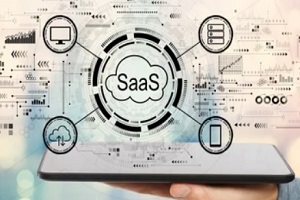 SaaS is a recognized cloud-based computing delivery model that allows users to have full access to exceedingly functional software apps via a smooth Internet connection and a web browser.
SaaS is a recognized cloud-based computing delivery model that allows users to have full access to exceedingly functional software apps via a smooth Internet connection and a web browser.
Also known as an “on-demand” software app, SaaS is a lightweight platform that doesn’t require various computing assets. As the premium SaaS applications follow the subscription model, users don’t have to renew their software licenses.
The SaaS delivery model provides hosted software apps to clients in a cloud-based computing environment.
Moreover, the SaaS delivery model is the mainstay of emerging software that eradicates the need for organizations to incur the expense of maintaining or purchasing costly software and app servers.
With SaaS, organizations can significantly minimize the cost of leveraging this platform as the cloud providers bear the expense of developing the hardware and apps.
The SaaS delivery model also reduces the operational and capital expenses typically associated with the on-premise hosting of software apps. This cost is shifted from the user to the cloud service providers.
SaaS is hosted by third-party providers and delivered to clients over the Internet in the form of a service. This is a cost-effective alternative to the previous models that needed to be implemented, hosted, and maintained by the users.
Usually, SaaS products are intended to serve business users. However, there are also other products that are renowned for individual consumers, such as Evernote, a note-taking application, and Mint, a personal budget tracker.
Users can access software via a service provider instead of their company’s data center. Salesforce and Microsoft 365 are famous examples of SaaS, previously distributed and hosted by businesses’s unique data centers.
How Does The SaaS Delivery Model Work?
The SaaS delivery model is facilitated by a multitenant architecture, which means it serves multiple groups of customers at the same time from an individual physical server.
Each business or user has its application version with its data, access controls, and customizations. However, all of this originates from a collective code base that the user can update and maintain centrally.
SaaS allows companies or individuals to purchase the software and pay an annual or monthly subscription. This is comparatively a better option than making a significant upfront investment for obtaining a permanent license. Also, it involves a comprehensive implementation and upgrades, years of maintenance, and support contracts.
It’s easier to access SaaS from anywhere via a desktop computer, mobile device, or web browser.
Advantages Of The SaaS Delivery Model
The fact that you can incorporate SaaS into your organization’s IT infrastructure isn’t a sufficient reason to do so. It is also imperative to have a viable business-related reason as well. This is where the SaaS delivery model comes into play.
It presents considerable opportunities virtually for any organization to change the inherent software acquisition risk, characterized by a responsive cost center, to a value-added, proactive part of the business enterprise.
SaaS is becoming quite popular, with the market estimated to be valued at $208 billion in 2023. However, like all cloud computing forms, SaaS comes with unique features and advantages.
Managing the Associated Risk With Software Acquisition
 Rationally, deploying big scale business-critical software application systems, like ERP and CRM, is a crucial undertaking with substantial business risk.
Rationally, deploying big scale business-critical software application systems, like ERP and CRM, is a crucial undertaking with substantial business risk.
Enterprises can incur thousands of dollars in the cost of licensing (often paid upfront). However, this still requires a group of qualified IT consultants and personnel to integrate and/or customize it with the company’s existing data and system.
The assets, human resources, budget, and time involved in deploying SaaS is a considerable risk for any enterprise. This makes software impracticable for microenterprises that otherwise may have been able to derive considerable utility.
With SaaS apps, your organization doesn’t need to deploy large infrastructures on-premise, radically reducing the upfront commitment of your company’s limited resources.
Additionally, if you don’t require customized integration, SaaS apps can be easily arranged and implemented without much rollout activities and effort. This makes short time-to-value interims for significant IT investments.
Shifted Responsibility
With SaaS delivery models, the everyday tasks of deploying SaaS applications to ensure they run efficiently – including installing and testing patches, managing updates, monitoring performance, guaranteeing high availability, and more – lies with the service provider.
An organization that sets up a cloud-based app and experiences dissatisfaction can withdraw from a SaaS commitment without considering the costs of an expensive, abandoned on-premise infrastructure.
Shifting the overhead activities to a third party allows your IT department to concentrate more on other value-added activities to facilitate the enterprise’s goals.
Dynamics
Cloud-based computing leverages one-to-many delivery models, whereas a single provider provides SaaS software to various users.
Users pay for the service depending on their specific needs and requirements, similar to electricity service billing. But since this platform focuses on delivering apps with the possibility to reach broader target markets, small businesses with small customer bases might not be profitable niches.
So, to be cost-effective, SaaS apps should appeal to a more diverse customer base to offset the costs associated with being a cloud-based SaaS provider. Likewise, proprietary mission-critical apps are doubtful applicants for the SaaS delivery model.
Considerations And Flexibility
Since the SaaS delivery model incurs charges based on usage, you need to consider your account monitoring tools quality that a cloud SaaS provider makes available for the delivered services.
As a client, you should have the ability to know when you have exceeded your monthly usage for the service’s subscription level. Also, it is imperative to have the ability to track the time of users individually on a day-by-day and hour-by-hour basis.
Moreover, it would be best to consider the availability of administrative tools when you subscribe to any software app that leverages the SaaS delivery model.
Your organization should have complete control over the administration of its users. A similar requirement applies to security-related features. Your company should not consider SaaS providers who deliver software services with preset security models, not allowing you to determine your permissions and roles.
Why Is SaaS Becoming Popular?
At the outset, the enterprise software landscape industry didn’t take SaaS seriously. However, there has been a substantial surge in SaaS adoption in recent years, along with an entirely new set of companies leveraging software.
Here are some viable factors that resulted in the rise of the SaaS delivery model:
- Digital technologies standardization
- Better access to improved Internet connection and speed
- Growing usage and popularity of web interfaces
- Increase in remote working
- Widespread implementation of mobile devices
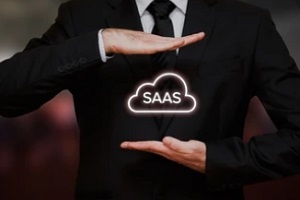
SaaS has demonstrated its resilience amidst the COVID-19 outbreak, and it’s becoming more apparent that this cloud computing delivery model is here to stay.
Types Of SaaS Solutions
There are various types of SaaS apps available to users. Here are some common SaaS-specific software types that your business can benefit from in terms of users and processes.
- Enterprise Resource Planning Software. Integrate multiple functions into a complete system to empower information sharing and improve efficiency.
- Customer Relationship Management Software. Track customer interactions, manage customer data, automate sales, and compile business information.
- Accounting Software. Manage your finances in a proper and organized way and track them to ensure that your business grows and scales as it should.
- Email Marketing Software. With it, optimize your message delivery and automate email marketing processes. This helps you maintain consistent communications with your customer base, increase brand recognition, drive sales, and build loyalty.
- Project Management Software. Manage schedules, plan projects, communicate deadlines, and allocate resources to complete projects on time and within budget.
There are many other types of SaaS solutions, such as invoice and billing software, web hosting software, human resources software, and collaboration software. And you can select and implement cloud-based products that make the most sense for your organization. Some renowned business products for SaaS include Slack, Concur, Salesforce.com, Dropbox, and Microsoft Office 365, to name a few.
Is A SaaS Delivery Model Right For Your Organization?
There are multiple facets to consider when you plan to leverage cloud computing. All of the SaaS delivery models have their advantages and disadvantages. But make sure you identify the delivery model that is effective and economical enough to meet your specific business requirements.
Hosting business software apps in the cloud, SaaS allows you to improve your company’s operations effectiveness, collaboration, and efficiency across locations.
Several companies have embraced and switched to custom-made SaaS-based applications to minimize costs, scale the software quickly as employee count fluctuates, and enable their employees to leverage programs at any time, regardless of their location.
However, some big enterprise businesses have decided to continue with on-premise software because of the increasing requirements for full ownership of security and complete data ownership.
Here are some reasons why using the SaaS delivery model may be a viable option for your business.
- A frequent need by teams for project collaboration
- To facilitate remote work
- No need or adequate resources to deploy hardware on-site
But, make sure you know that SaaS apps prioritize configuration above customization. This makes SaaS applications an excellent solution for medium- and small-sized businesses.
SaaS is one of the best delivery models for organizations that require applications. However, there is no need to create an updated infrastructure.
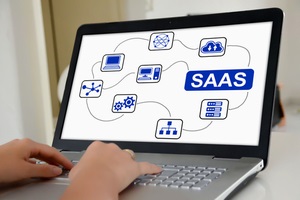 Many companies have software solutions on-premises developed or customized to suit unique business needs. However, this isn’t an approach commonly associated with SaaS.
Many companies have software solutions on-premises developed or customized to suit unique business needs. However, this isn’t an approach commonly associated with SaaS.
Various vendors develop SaaS apps with the goal to serve as many clients as they can. While it is easy to configure these apps to suit your unique business needs, you might not be able to tailor them if you require a one-of-a-kind SaaS solution.
So, custom SaaS applications are a viable option for your organization compared to the pre-build software.
Learn More About SaaS From Orases
The SaaS delivery model offers your business the option and flexibility to implement software or stop using it if it fails to meet your specific software needs. Connect with Orases to learn more about SaaS and custom software development services that give your business a competitive edge. You’ll get innovative solutions to meet each project’s requirements.



